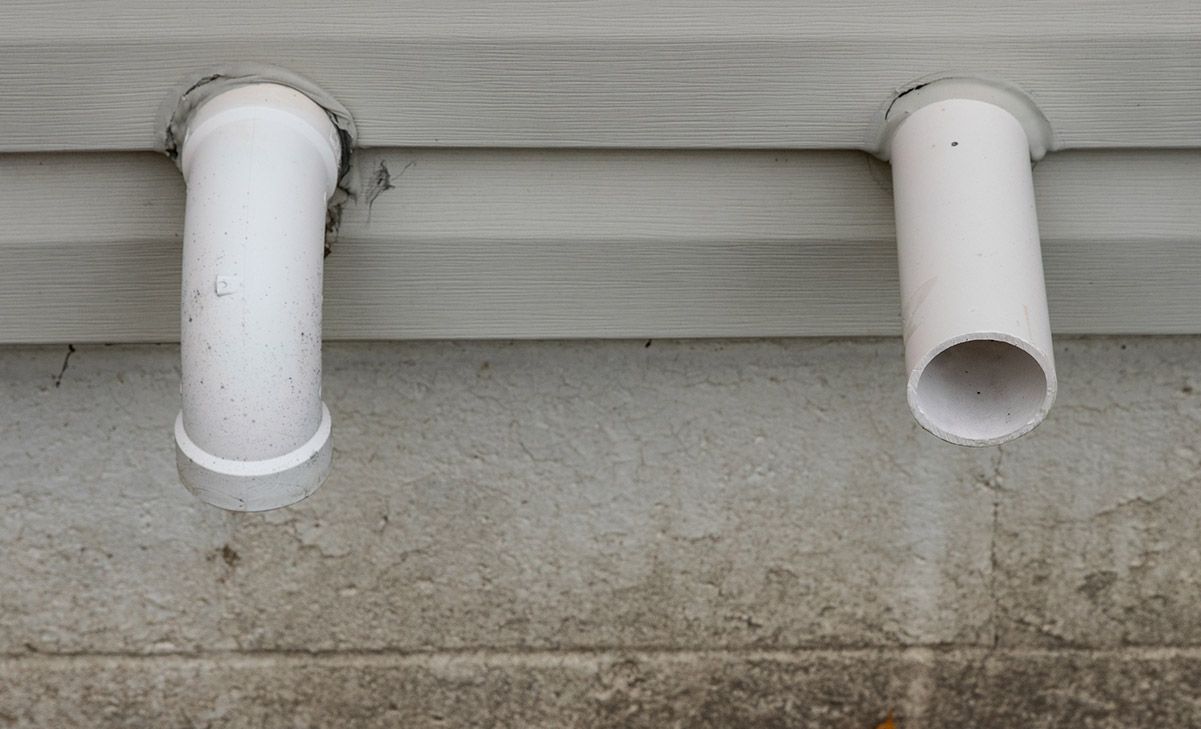The Mystery of the Broken Furnace

Last week I woke up to a freezing home. My first thought was “now what?” as I ran down the stairs to check the thermostat. The thermostat was set at 74 degrees but the current temperature in the home read 63. When the furnace is not working, many times an HVAC technician will begin to act as a doctor treating a patient with mysterious symptoms. The general method for doing so is a process of elimination. So first I turned on my gas fireplace to make sure that the gas connection was good, and plus I was freezing my ass off. After warming up for a bit, I went down to the basement where the furnace is housed and checked to make sure the access panel doors were fully locked. Sometimes, although the doors may seem shut, the lock may not be fully engaged and this can cause the furnace to shut down.
After I opened and shut the panel doors the furnace did actually kick on but quickly shut down after about one minute. We’ve all been there. That sunken feeling that comes over you when you start to feel that you may be looking at a multi-thousand dollar bill. My furnace is about ten years old, which is by no means a spring chicken but I regularly have it maintained and change the filters when I am reminded, so I was hoping for at least another five years of life.
I decided to text my cousin Tate, who is the owner of Tibbitts Heating & Cooling out of Rensselaer. I must say this guy is the man! He was kind enough to squeeze me in to his busy schedule and within the hour he was standing over my furnace after running some diagnostic tests and playing his own game of process of elimination. Then, he too had that same puzzled look that I had earlier that morning – hand on chin, stroking his whiskers as he thought of possible causation. I started to imagine I was sitting in a hospital bed staring at my doctor looking at my chart as he rubbed his chin. And suddenly that same sunken feeling came over me again. That’s about the time when Tate asked, “Could your exhaust vent be blocked?” I immediately thought back to the previous day when my 4 year-old son and his friend were playing outside near those pipes. I ran upstairs and bolted outside and there it was, a pile of about 20 rocks filling the exhaust pipe. This gave me that all-too-familiar feeling I’ve had since raising two toddlers of being compelled to either yell or laugh my ass off, and sometimes both at the same time. What can you do? He has no idea that this pipe is for emitting harmful gases and not holding 5 pounds of rocks.
Within a half hour, Tate had cut into the pipe, emptied the rocks and glued it back together with a coupling piece, and within ten minutes my house was back up to 74 degrees. CALL TATE! He has the answers.
Later that day I happened to be at a mold assessment in Schenectady, when I came across loose screen mesh in a crawlspace. I amused my client with the story of why I wanted to buy that mesh from her and she told me she was selling the home and I would be doing her a favor by taking it. As soon as I got home I taped the mesh around the pipe so that this can never happen again. The good news is that my furnace shut down just as it was designed to when the exhaust is blocked. Without that safety device, carbon monoxide could end up in our living space. For those who are wondering, exhaust pipes should always be at least 3 feet high to prevent snow from blocking it, and it should never be directly below a window or door to a living space.